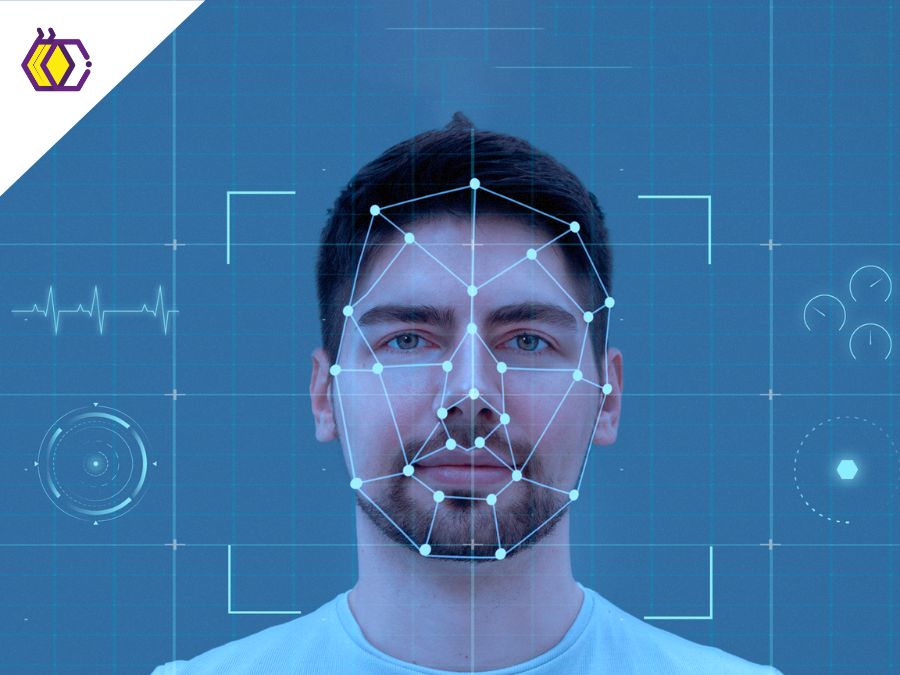

Deepfake
(5 minutes of reading) Technology advances at a rapid pace, and among the emerging innovations, deepfakes emerge as an intriguing, challenging and, at times, frightening frontier. This fusion of artificial intelligence and media manipulation has captured the public imagination, but also raised serious ethical questions. In this article, we will embark on a journey to peel back the layers of deepfakes, exploring their origin, implications, and the crucial role of developers and society as a whole. WHAT ARE DEEPFAKES? Deepfakes are the product of the marriage between advanced algorithms and deep learning techniques. The ability to create synthetic multimedia content, especially videos, audio, and images, that are indistinguishable from authentic material represents a game changer in digital manipulation. These technologies, often powered by deep neural networks such as Generative Adversarial Networks (GANs), are redefining our notions of truth and authenticity in the digital age. THE TECHNOLOGICAL DEVELOPMENT BEHIND DEEPFAKE GANs, a concept introduced by Ian Goodfellow in 2014, are the backbone of deepfakes. These neural networks consist of a generator network, which creates fake samples, and a discriminator network, which seeks to differentiate between the genuine and the manufactured. The constant competition between these networks results in a continuous improvement in the quality of deepfakes, making them increasingly difficult to detect with the naked eye. ETHICAL AND SOCIAL IMPLICATIONS OF DEEPFAKE While the technological capabilities of deepfake inspire awe, we cannot ignore the ethical and social concerns associated with this technology. The dissemination of false information, manipulation of political speeches, and even the potential for extortion and defamation calls digital trust and the security of societies into question. THE ROLE OF DEVELOPERS Amid this challenging landscape, developers play a crucial role. The onus is on them to develop robust detection technologies capable of discerning deepfakes, thereby mitigating the risk of their malicious use. Furthermore, the creation of ethical guidelines and standards for the responsible development and use of these technologies is imperative. POSITIVE APPLICATIONS Although deepfakes are often associated with potential harm, there is also room for positive applications. In the entertainment field, these technologies can be used to create more immersive cinematic experiences, revolutionizing the special effects, and dubbing industry. CONCLUSION: NAVIGATING THE UNKNOWN Deepfakes represent unexplored territory at the intersection of technology and ethics. As we continue to explore its capabilities and implications, it is imperative that we are aware of our role in guiding this innovation. Developers, in particular, have the opportunity and responsibility to shape the future of deepfake, ensuring that these technologies are a positive force for society. Technology is a tool that reflects the values of those who use it. As a society, it is our duty to ensure that technological innovation occurs in line with sound ethical principles, preserving integrity and trust in our digital world.
Share this article on your social networks:
Rate this article:
[yasr_visitor_votes size=”medium”]



